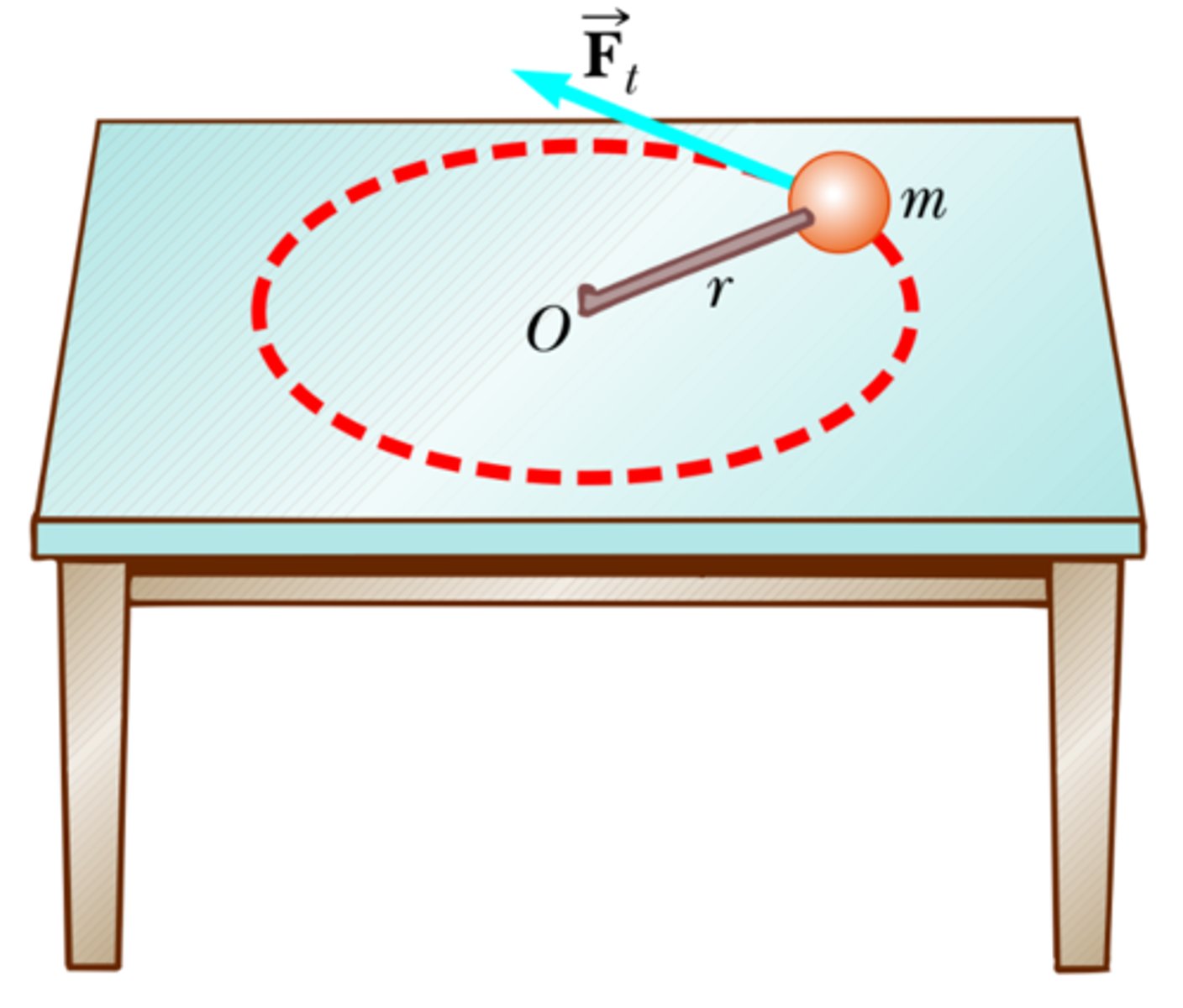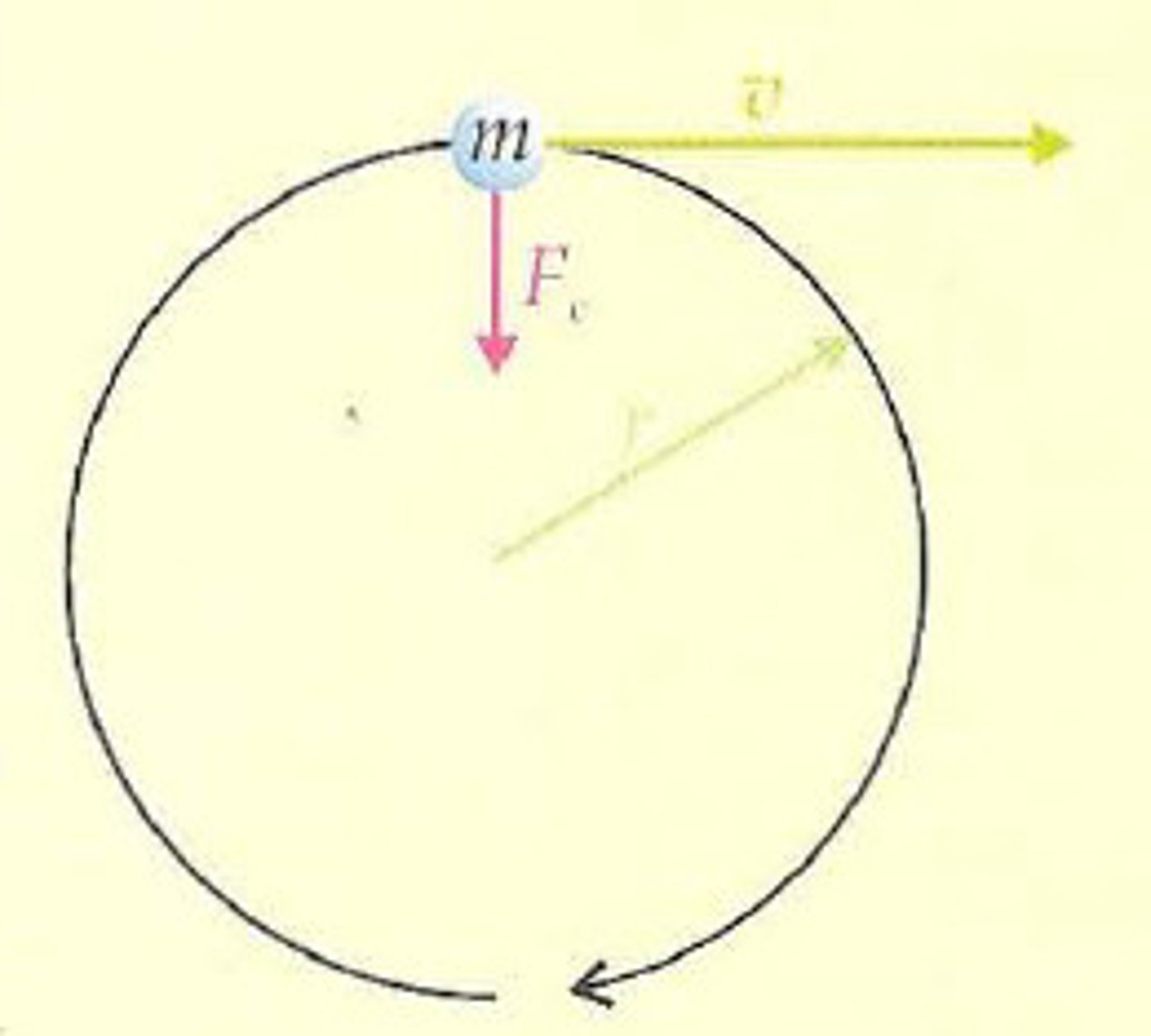Ch. 11 - Angular Kinematics of Human Movement
1/14
There's no tags or description
Looks like no tags are added yet.
Name | Mastery | Learn | Test | Matching | Spaced |
|---|
No study sessions yet.
15 Terms
Relative angle
angle at a joint formed between the longitudinal axes of adjacent body segments
(ex: the relative angle of the knee tends to be smaller during sprinting than during distance running)
Absolute angle
Angular orientation of a body segment with respect to a fixed line of reference
reference lines are usually vertical or horizontal
(ex: The absolute angle of the trunk with respect to vertical is often a quantity of interest in studies of lifting as related to low back pain)
Angular distance
actual sum of all angular changes undergone by a rotating body
Angular displacement
change in angular position or orientation of a line segment
What is a radian?
The size of the angle subtended at the center of a circle by an arc equal in length to the radius of the circle

90 degrees =
_____ radians?
_____ revolutions?
pi/2 rad
1/4 rev
180 degrees =
_____ radians?
_____ revolutions?
pi rad
1/2 rev
270 degrees =
_____ radians?
_____ revolutions?
3pi/2 rad
3/4 rev
360 degrees =
_____ radians?
_____ revolutions?
2pi rad
1 rev
Angular velocity
rate of change in angular displacement
w = theta/t
deg/s or rad/s
Angular acceleration
rate of change in angular velocity
a = (w1 - w2)/ t
deg/s or rad/s
What is the relationship between linear and angular displacement?
The larger the radius of rotation (r), the greater the linear distance (s) traveled by a point on a rotating body
s = r(theta)
What is the relationship between linear and angular velocity?
Since velocity is displacement over time, linear and angular velocity are related by the same factor that relates displacement:
the radius of rotation
v = rw
How is tangential acceleration represented in angular motion?
What does the line represent? Give a formula
perpendicular line directed along a path tangent to the path of motion
represents change in linear speed
at = v2-v1/ t

What is radial acceleration? How is it represented along a path of motion?
What does this represent? Give a formula
component of acceleration of angular motion, directed toward the center of the curvature
represents change in direction
ar = v^2/t
